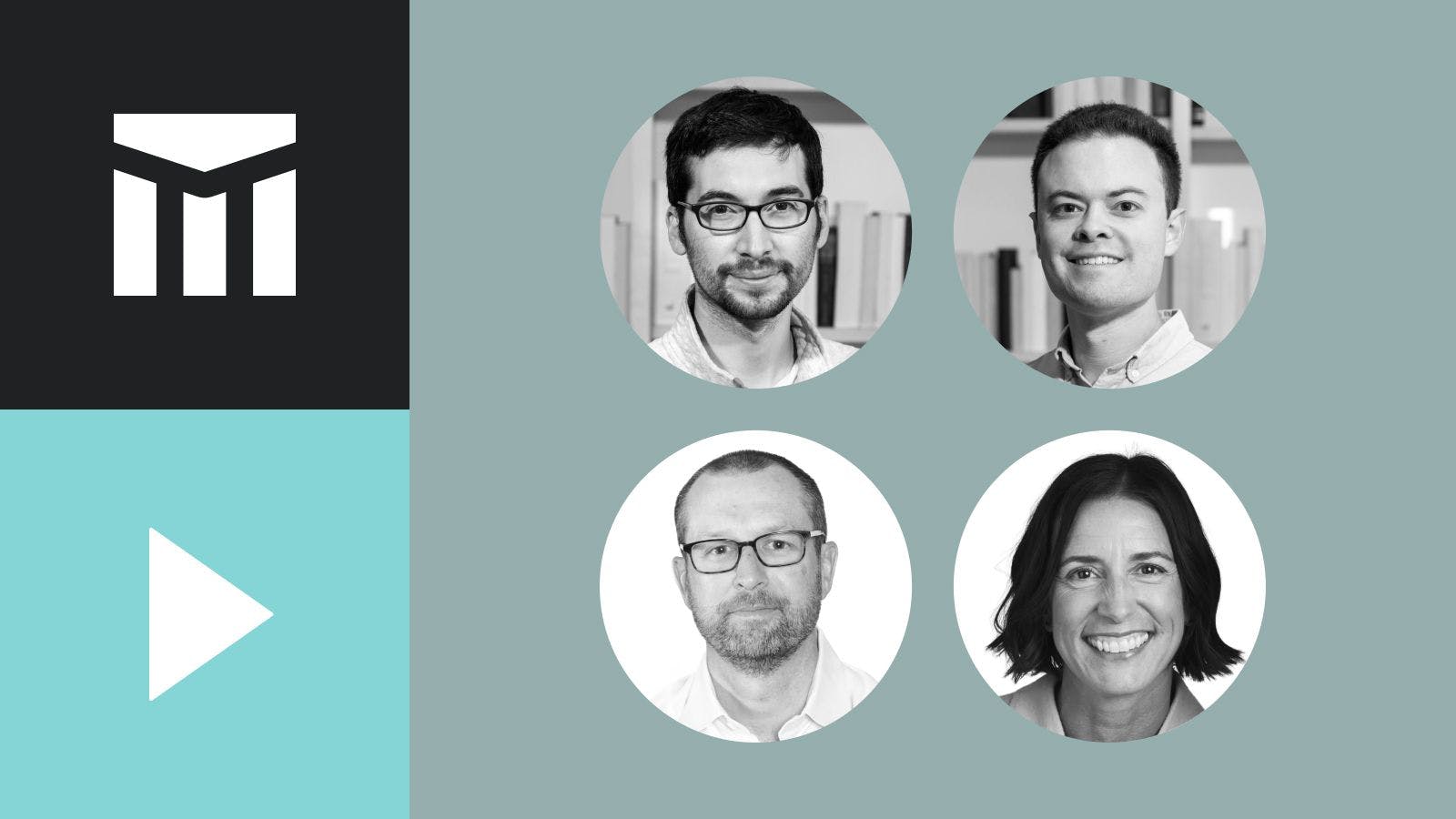Join us at Transfer 2025 to hear how industry leaders are building payments infrastructure for a real-time world.Register Today →
How Does Bank Onboarding Work?
The bank onboarding process can be long and confusing. In this guide, we hope to demystify the process and help you go live with your bank faster.

Introduction
A common frustration we hear from customers is that the bank onboarding process can be opaque and take longer than expected. It’s no surprise that the onboarding process is more complicated if your company moves money.
Whether you are a startup choosing a bank for the first time or an established company switching banks to enable real-time payments (RTP), you will need to go through a bank onboarding process.
Each bank’s approach to onboarding can be a little different, but we hope this guide demystifies the complexities of the process and helps you go live with your bank faster.
Step 1: Discovery
When a bank is getting to know your business for the first time, it wants to understand your business holistically and assess whether it’s a good fit for a long-term partnership.
The introductory meeting will entail the bank asking probing questions, such as what your business does, who you sell to, and which banking services you need, and then assess whether it is the right bank to provide those services. For example, you may need a bank that supports RTP or other payment types such as Same Day ACH and foreign currency wires.
The bank will also want to know that you will be compliant with banking regulations.
Each bank may target different types of customers and prefer customers that fit its target criteria. Customer criteria could include fundraising stage, total funding, industry, and revenue.
Step 2: Solutioning
Once the bank has decided your business could be a good fit, it’ll want to explore the business opportunity in more detail. As a next step, the bank will provide a customized proposal with pricing that fits your needs.
To provide a proposal, the bank needs to understand your business at a more granular level. You can expect to provide detailed information on your business model, flow of funds, and payment operations. General business information could include legal documentation on corporate structure, an operating model with projected financials, historical balance sheets, and a list of customers. Payment information could include flow charts of payment entities and accounts, payment rails, transaction volume, average payment size, payment frequency, and currencies.
The more information you can share with your bank, the faster you can get onboarded.
Step 3: Underwriting
After you and the bank agree on a proposal, the bank often needs to obtain internal approval based on your company’s business and compliance risk.
The law requires banks to meet stringent compliance standards, such as Know Your Customer (KYC) and Anti-Money Laundering (AML). Managing these risks is particularly important if a customer’s business moves money because banks are liable for their customers’ payments. As a result, banks need to ensure their customers have the appropriate systems in place to mitigate these risks.
Risk and compliance teams will need to understand who the recipients of your transactions are and what KYC and AML processes you have in place.
Step 4: Opening an Account
Once the bank approves your account, it needs to open your account. To do this, it will create your online profile, grant access to your account administrators, and train the administrators how to use the bank portal.
If you are dealing with high volumes or dollar amounts, you will likely want to connect your business systems to your bank through direct transmission. Direct transmission allows you to initiate, approve, and track payments in systems outside of your bank portal. Building direct transmission is a complicated process, so many companies opt to use a third party service provider like Modern Treasury. Once Modern Treasury sets up direct transmission with your bank, you can begin programmatically sending and reconciling payments through a simple API.
Next Steps
The bank onboarding process can be time consuming and intimidating. The more prepared you are with your needs and information, the faster you can onboard with your bank and focus on your business.
If you are interested in learning how Modern Treasury can help your business onboard and start sending money faster, contact us.
Try Modern Treasury
See how smooth payment operations can be.







